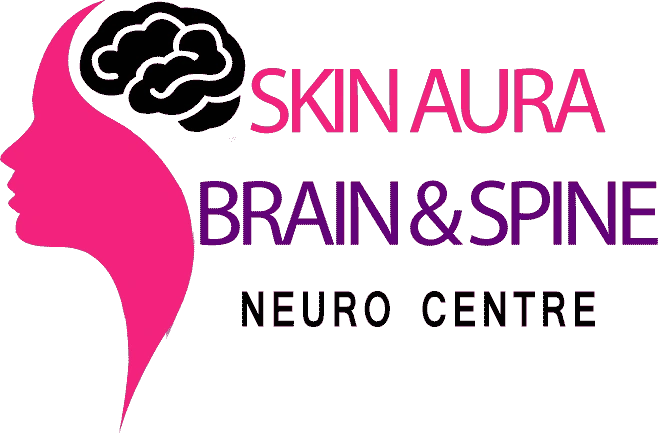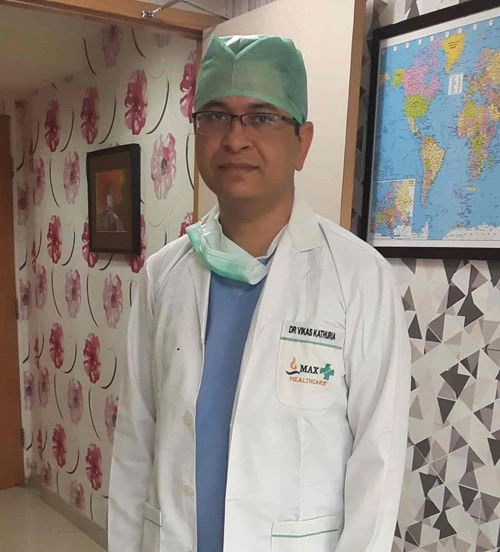Spinal Cord Stimulation
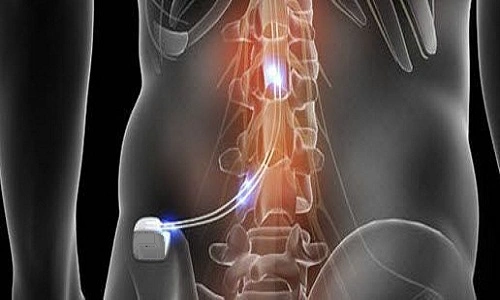
Spinal cord stimulation (SCS), also known as neurostimulation is a therapy that interferes the pain signals before they reach the brain. A device called spinal pain stimulator is used to perform this task. It is just like a pacemaker which is implanted near the spine to deliver mild electrical pulses to the spinal cord that modifies nerve activity to mask pain signals reaching the brain and thus reducing the feeling of pain. People with chronic pain disorders (back pain, leg pain, arm pain etc.) are best suited for this treatment.
The therapy of spinal cord stimulation doesn’t target the source of pain but alters the way brain perceives these signals. It involves a tingling feeling and may not be equally effective for all the candidates. Some patients may find the implantation of device unpleasant. To avoid later discomfort, a trial stimulation is conducted before permanently implanting the stimulator in the body.
The therapy is beneficial for the following conditions: -
- Chronic pain in arms, legs or pain due to arthritis, spinal stenosis and due to a damage in nerve.
- The unsuccessful result of previous surgeries for back pain, chronic arm or leg pain etc.
- Beneficial for people suffering from complex regional pain syndrome. The disorder consists of persistent burning pain, especially in the foot or hand.
- Inflammation of the nerve tissue that acts as a protective lining. This condition is called Arachnoiditis.
- Pain from some other injuries or disorders that can be treated with SCS is angina, peripheral vascular disease, spinal cord injury or multiple sclerosis.
There different types of spinal cord stimulator devices. Often, the pulse generator comes with programmable settings. The device is also capable to identify the body movements and act accordingly. Some major parts of the SCS device are:
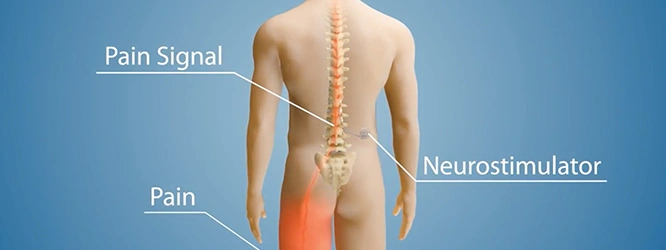
- A pulse generator that generates the electrical pulses.
- Lead wires that carry electrical pulses to the spinal cord using electrodes.
- A remote control to manage settings and turn the device on and off.
Before the Surgery
When you make up your mind for SCS implantation, you’ll have to go through some presurgical tests that may include a blood test, X-ray of the chest area and electrocardiogram a few days prior to the surgery. Adding to it, the doctor would prefer to know your medical history and related issues to decide the best treatment for you. Along with what doctor will suggest, take care of the following points if you prepare to undergo spinal cord stimulation:-
- If you have non-steroidal anti-inflammatory medicines etc., stop taking it several days before surgery.
- Blood thinners should be avoided a week or two weeks before surgery.
- Quit on smoking, alcohol, and tobacco two weeks before and till two weeks after the surgery.
- Follow the instructions of your doctor about diet, medicines and over-the-counter medication.
During the Surgery
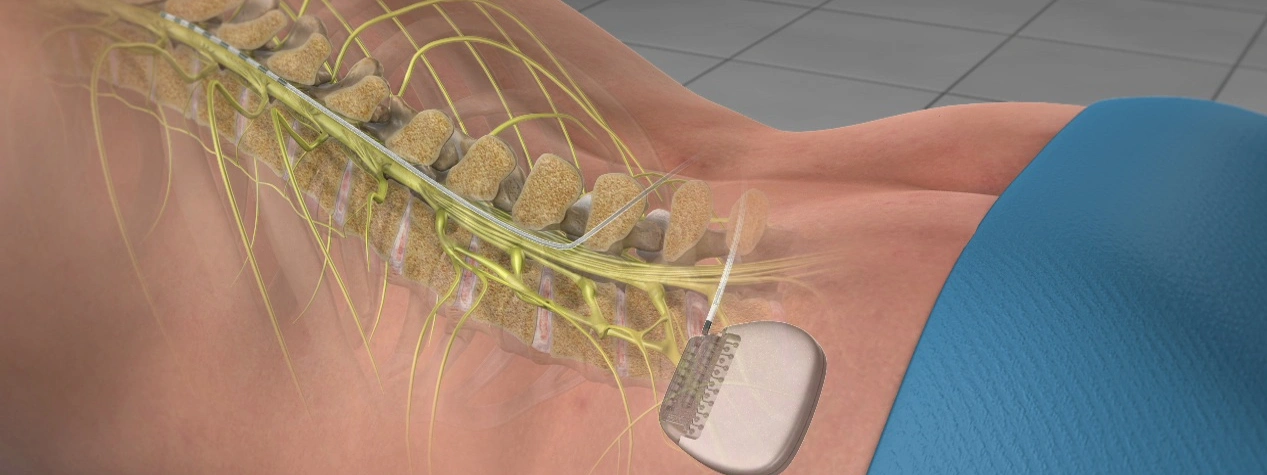
The surgery for spinal cord stimulation takes about 1 to 2 hours and consists of the following steps:-
Step 1: The patient is prepared for the surgery. The process includes light sedation and preparing the back for implantation of the pulse generator and leads. To save the patient from any pain of the surgery, a local anesthetic is used.
Step 2: The next step consists of placing the electrodes. The electrode leads are implanted with the help of X-ray that involves a small incision at the center area of the back. The leads are placed by removing a part of the bony arch. Further, sutures are used to secure the leads in place.
Step 3: The stimulation is checked for pain patterns. The settings of the nerve stimulator will be changed and checked to find the best that suits your body. The doctor will inquire about the place with a tingling sensation to program the pulse generator accordingly as per comfort.
Step 4: Once the implantation is done, the patient is given sedation. The lead wire is passed from the spine to lower back under the skin at the site of implantation.
Step 5: Finally, the pulse generator is implanted by making a small incision in the skin below the waistline. A pocket is created by the surgeon to place the device and then the placement is done. Lead wires are also connected.
Step 6: The final step consists of closing the incision with sutures. The bandage is done to secure the healing process.
After the Surgery
Once the patient wakes up, medical tests for blood pressure, heart rate, and respiration are done. Sites of pain or stimulation are also judged. The programming of the pulse generator is adjusted. The patient is discharged within a day or two after the surgery with a set of instructions to follow. Complete recovery will take about 10 days after the patient can resume to normal work.
Precautions After Surgery
- Avoid lifting heavy objects for about two weeks after the surgery.
- Do not indulge in rigorous activities for a few weeks. Also, avoid bending and twisting.
- Quit smoking and stay away from products with nicotine.
- Keep the incision away from water.
- Do not sit for long hours and take walks for a few minutes.
- Visit your doctor regularly for checkups.
